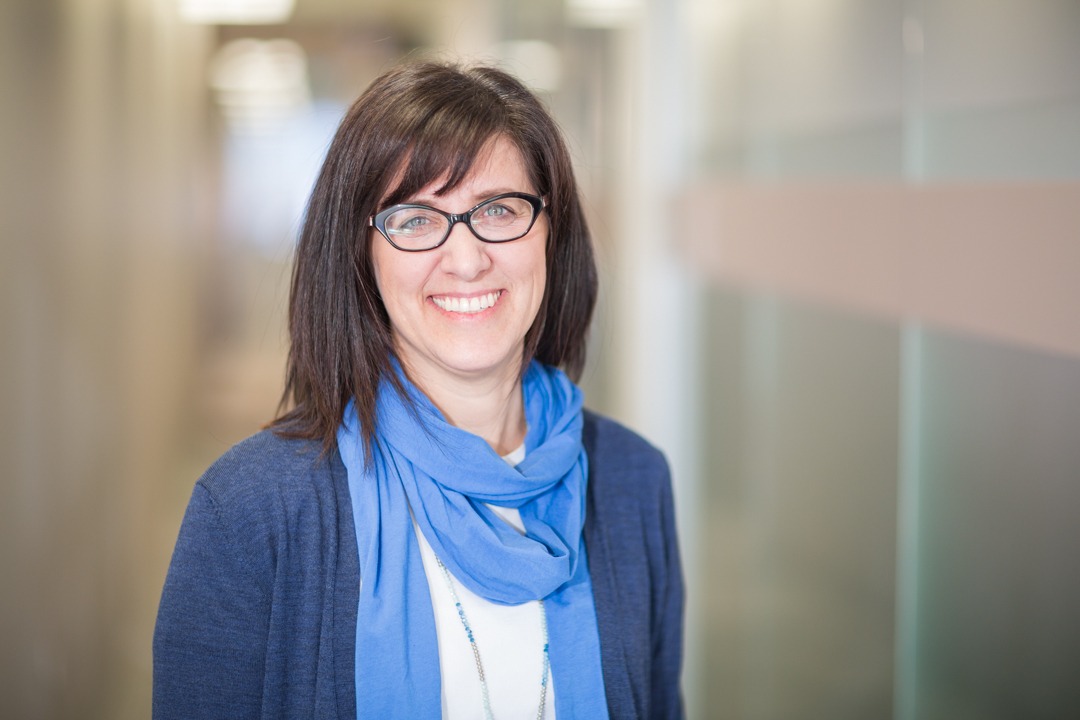
Introducing an Associate Chief Medical Information Officer with Odyssey
On any given day, Dr. Amna Ahmed’s office receives dozens of faxes from her colleagues across Hamilton Health Sciences (HHS) who depend on this 1980s technology to share confidential patient information in a secure way. The wide range of paperwork arriving by fax can include everything from documentation by physicians and pharmacists, to patient results from labs and radiology.
Following paper trails – like the ones created by fax machines – is a small part of a jumbled information highway that most Canadian healthcare providers navigate daily in order to gather and track patient health information.
Part physician, part time-consuming detective
“In order for doctors to provide the best care for our patients, we need the full picture of their medical histories,” says Ahmed, an internal medicine physician at HHS.
“Searching multiple sources is time consuming.”
But that’s often challenging because patients’ personal health information can go back many years and is typically stored in multiple locations – on paper and electronically.
“As well as tracking down paper records, I may have to search multiple electronic medical records systems for information to help piece together a patient’s history. Searching multiple sources is time consuming, and there’s also the risk of missing important medical history information because everything is so spread out.”
Passion for quality improvement
HHS is implementing a new hospital information system (HIS) for managing healthcare data including the collection, storage, management and transmission of patients’ electronic medical records. The Epic platform is considered among the best systems in the world and is used internationally by many top-ranked hospitals and medical schools. With Epic, all patient health information will be stored electronically and securely in one place.
“I have a longstanding interest in quality improvement and patient safety.”
Project Odyssey is the name of the two-year implementation process. Ahmed joined the project as an associate chief medical information officer, providing a physician perspective.
“I have a longstanding interest in quality improvement and patient safety,” says Ahmed, adding that it was the focus of her masters degree. “Also, some of the clinical projects I do within HHS and as part of medical education focus on quality improvement.”
One patient, one record
With Epic, healthcare providers will have patient information at their fingertips, in one secure location.
“For example, I’ll be able to see what tests and orders have been submitted,” says Ahmed. “I can see what medications a patient is taking, and has taken in the past. Our physician teams can document and share notes, assessments and recommendations in one secure area. We’ll no longer spend valuable time tracking down patient information from multiple sources, which will mean more time spent with our patients. When I’m visiting patients on rounds, I’ll be able to access the most up-do-date test results using a mobile device. And most importantly, patient safety will increase due to the reduction in missed information and risk of errors.”
The new HIS is targeted to go live in June 2022.
“I think the next year-and-a-half will go by very quickly,” says Ahmed. “There’s a groundswell of excitement and support in bringing this world-class health information system to HHS.”



